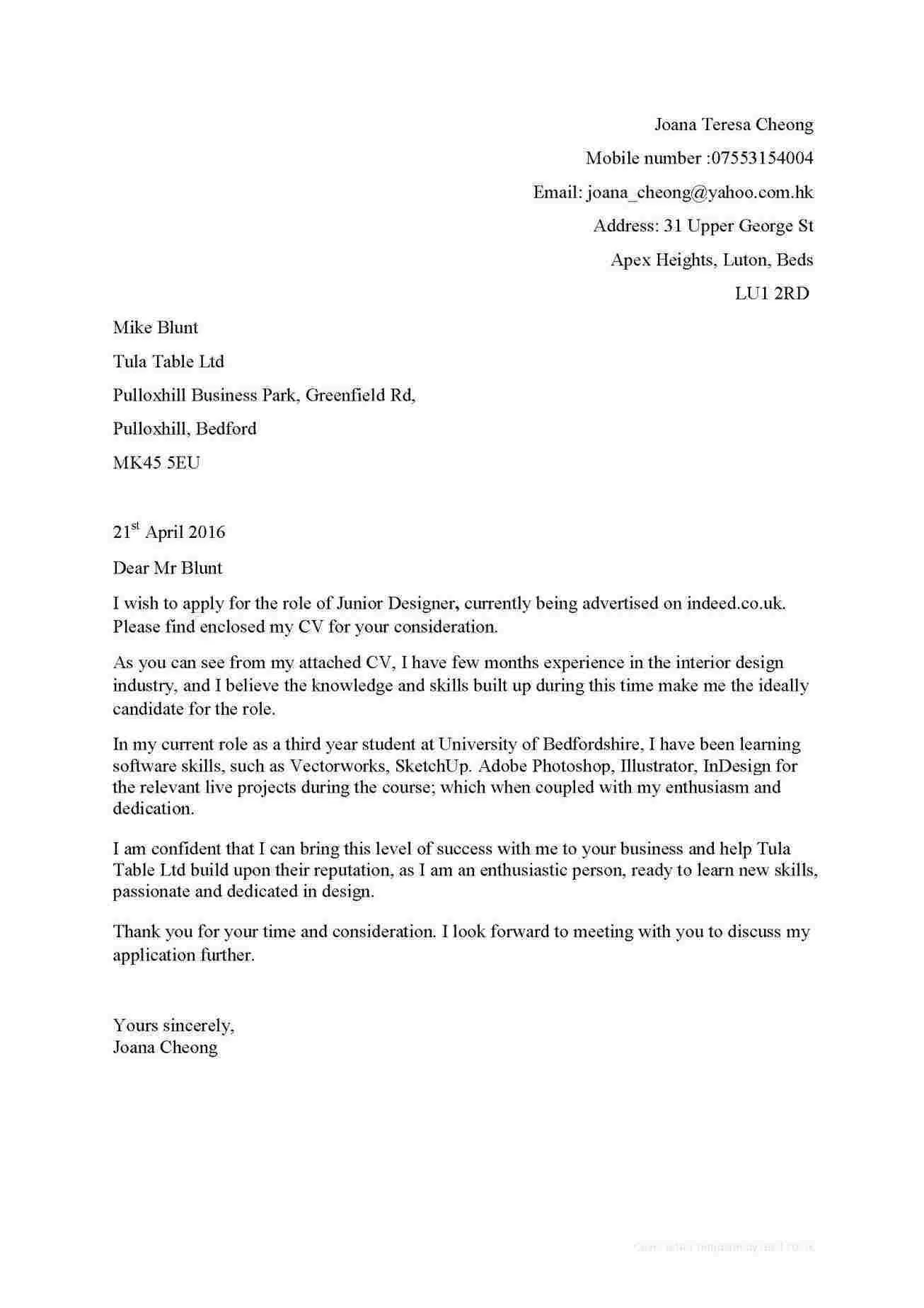What is a Cover Letter
A cover letter is a crucial document that accompanies your resume when applying for a job. It serves as your first introduction to a potential employer and provides an opportunity to showcase your personality, skills, and enthusiasm for the position. Unlike a resume, which is a factual summary of your experience, a cover letter allows you to elaborate on specific experiences, explain your motivations, and demonstrate how your qualifications align with the job requirements. Think of it as your personal sales pitch, designed to capture the hiring manager’s attention and convince them to read your resume. It’s your chance to make a strong first impression and stand out from the competition. A well-crafted cover letter can significantly increase your chances of landing an interview.
Why Are Cover Letters Important
Cover letters are more important than ever in today’s competitive job market. They offer a personalized touch that a resume often lacks, allowing you to connect with the hiring manager on a deeper level. They provide context to your resume, explaining gaps in your employment history, highlighting relevant skills, and expressing your genuine interest in the company and the role. A well-written cover letter demonstrates your communication skills, attention to detail, and professionalism. It allows you to showcase your personality and enthusiasm, making you more memorable than other applicants. In many cases, a compelling cover letter can be the deciding factor in whether you get an interview. Even in industries where cover letters are not mandatory, submitting one can give you a competitive edge, showing your commitment to the application process and your eagerness to secure the position.
Cover Letter Examples for Different Fields
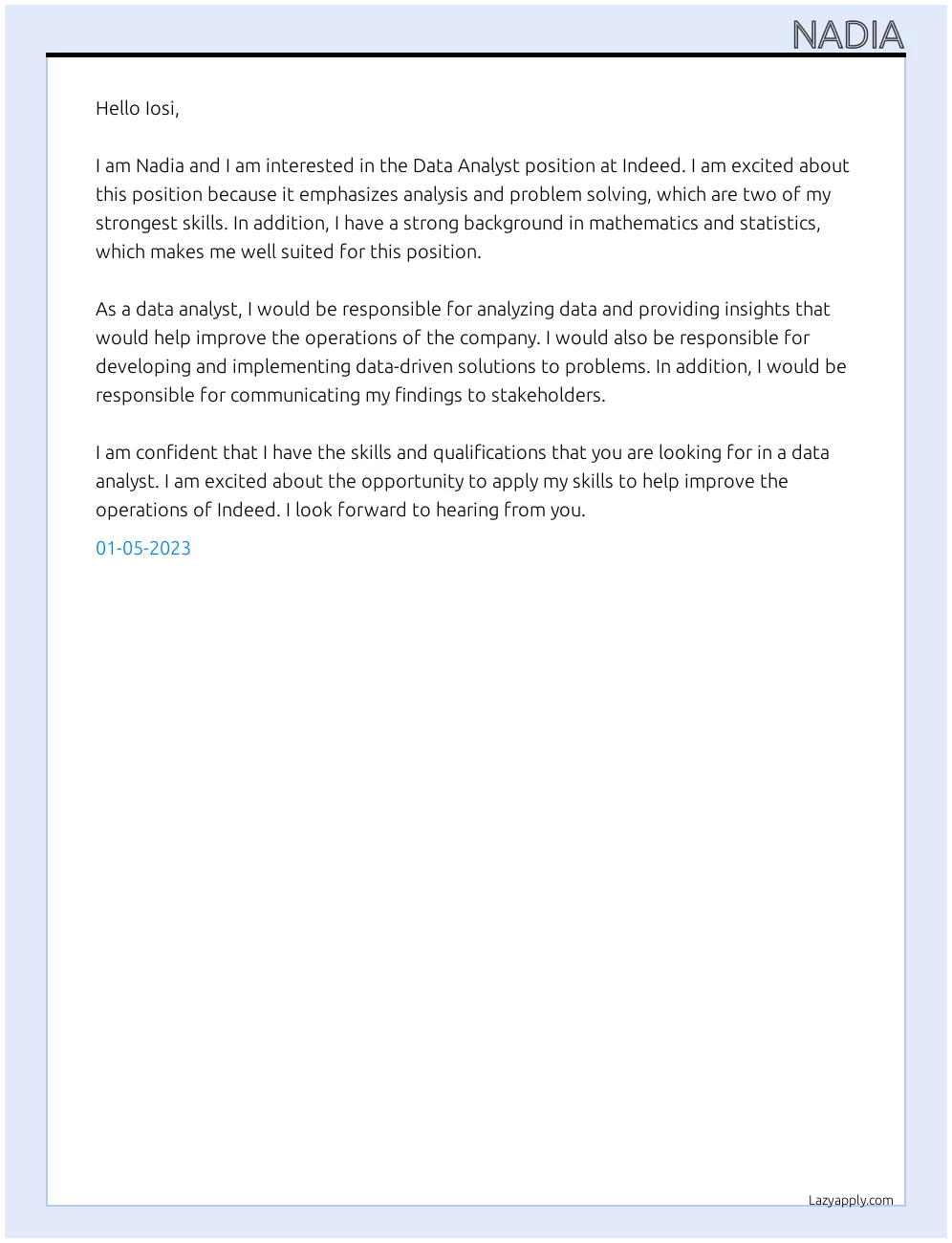
The best cover letter format and content will change depending on the industry and role. The approach needs to be tailored to the field. For instance, a cover letter for a marketing position might emphasize creativity, communication, and results. It should highlight successful campaigns, data analysis skills, and a deep understanding of the target audience. A cover letter for a technical role, such as software engineering, should focus on technical skills, project experience, and problem-solving abilities. It should showcase proficiency in relevant programming languages, frameworks, and development methodologies. For creative fields, like graphic design or writing, the cover letter can be more personal and showcase your portfolio. Include samples of your work to demonstrate your skills. Be sure to address the specific requirements outlined in the job description and highlight any relevant certifications or qualifications that make you stand out from the crowd.
Cover Letter Example for Entry-Level Positions
When writing a cover letter for an entry-level position, focus on your transferable skills, educational background, and any relevant internships or volunteer experience. Clearly state the position you are applying for and express your enthusiasm for the opportunity. Highlight any projects, coursework, or extracurricular activities that demonstrate your skills and abilities. If you lack extensive work experience, emphasize your willingness to learn, your strong work ethic, and your eagerness to contribute to the company’s success. Use the cover letter to explain why you are a good fit, even without years of experience. Show that you are a quick learner, adaptable, and possess the skills and knowledge needed to excel in the role. Focus on the value you can bring to the organization, even if it’s through your potential and willingness to grow.
Highlighting Your Skills and Experience
Your cover letter is the perfect place to highlight your skills and experience that align with the job description. Carefully review the job posting and identify the key skills and qualifications the employer is seeking. Then, provide specific examples of how you have demonstrated those skills in your previous roles or educational pursuits. Use action verbs to describe your accomplishments and quantify your achievements whenever possible. For example, instead of saying, “Managed social media accounts,” you could say, “Managed social media accounts, increasing follower engagement by 30%.” Provide concrete evidence of your capabilities and show how your skills can benefit the company. Use keywords from the job description to show you understand the role’s requirements. This will make your application stand out to hiring managers.
Cover Letter Example for Mid-Career Professionals
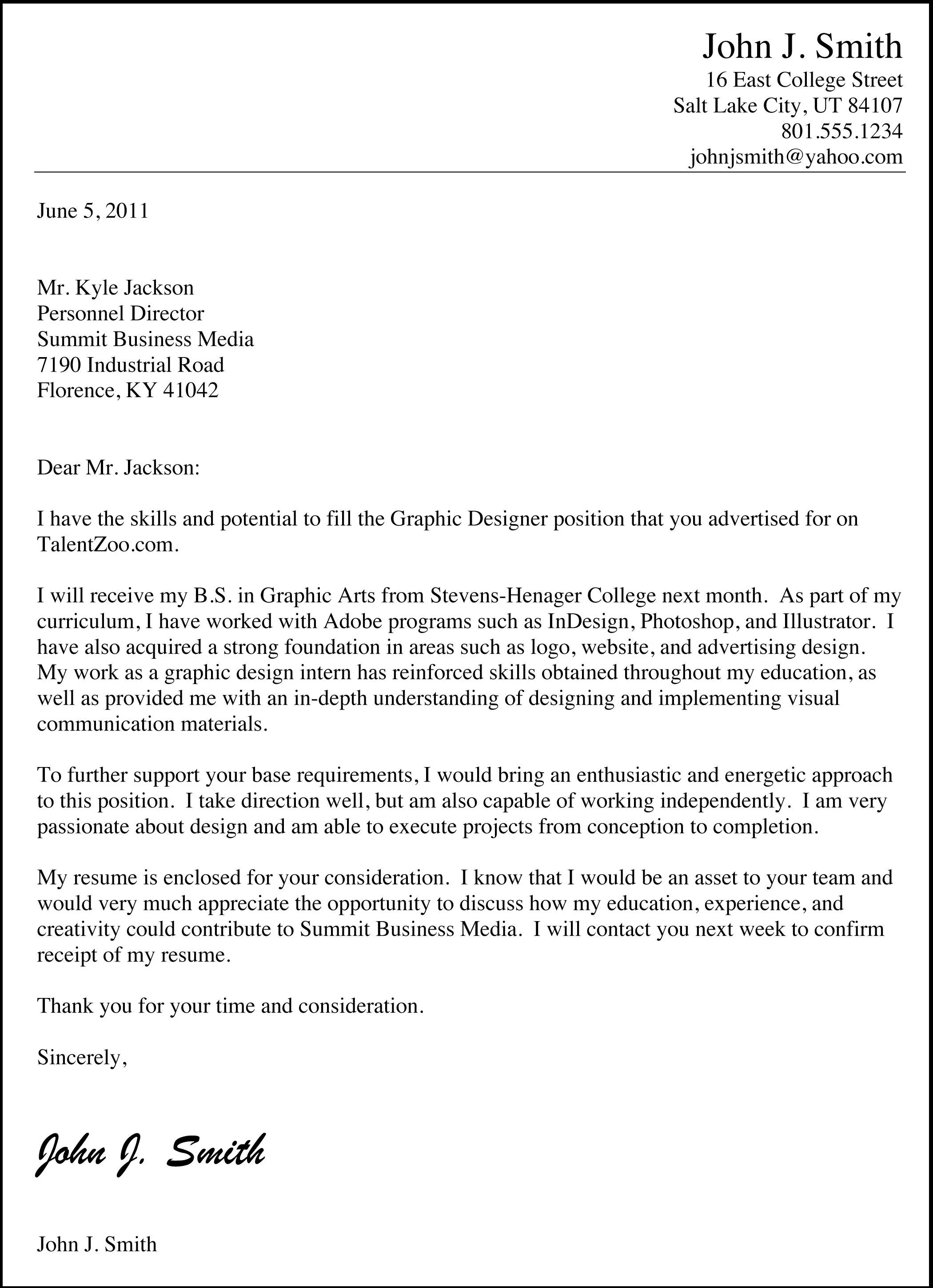
Mid-career professionals should use their cover letters to showcase their significant accomplishments, leadership abilities, and relevant experience. Emphasize your career progression and how you’ve taken on increasing responsibilities over time. Highlight your key achievements and quantify your results whenever possible. For example, “Led a team of 10 engineers to successfully launch a new product, resulting in a 20% increase in revenue.” Showcase your leadership skills and your ability to manage projects and teams. Emphasize your understanding of the industry, the company’s needs, and the role’s requirements. Show that you have the skills and experience to hit the ground running and make an immediate impact on the organization. Tailor your cover letter to the specific requirements of the job and provide examples of your successes.
Addressing Career Gaps and Transitions
It’s important to address any career gaps or transitions in your cover letter, especially if they are noticeable in your resume. Be honest and transparent about the reasons for the gap, but frame it positively. If you took time off to care for family, pursue further education, or travel, briefly explain the situation and highlight what you gained from the experience. For example, “During my two-year career break, I focused on personal development and volunteering, honing my organizational and communication skills.” If you’re making a career transition, explain your reasons for the change and highlight any transferable skills that are relevant to the new role. Demonstrate your enthusiasm for the new field and show how your previous experience can be leveraged to contribute to the company’s success. Frame the gap as a period of growth and learning.
Cover Letter Example for Executive Roles
Cover letters for executive roles need to be strategic and impactful, focusing on your leadership experience, strategic vision, and ability to drive results. Highlight your significant accomplishments, such as increasing revenue, improving profitability, or successfully leading large teams. Showcase your leadership style, your ability to make strategic decisions, and your understanding of the industry. Address the company’s specific challenges and explain how your skills and experience can help them achieve their goals. Demonstrate your ability to work with a variety of stakeholders, your understanding of the industry landscape, and the capacity to innovate and adapt to changing market conditions. Focus on what you can bring to the table and how you are uniquely qualified to lead the company to success.
Crafting a Compelling Cover Letter
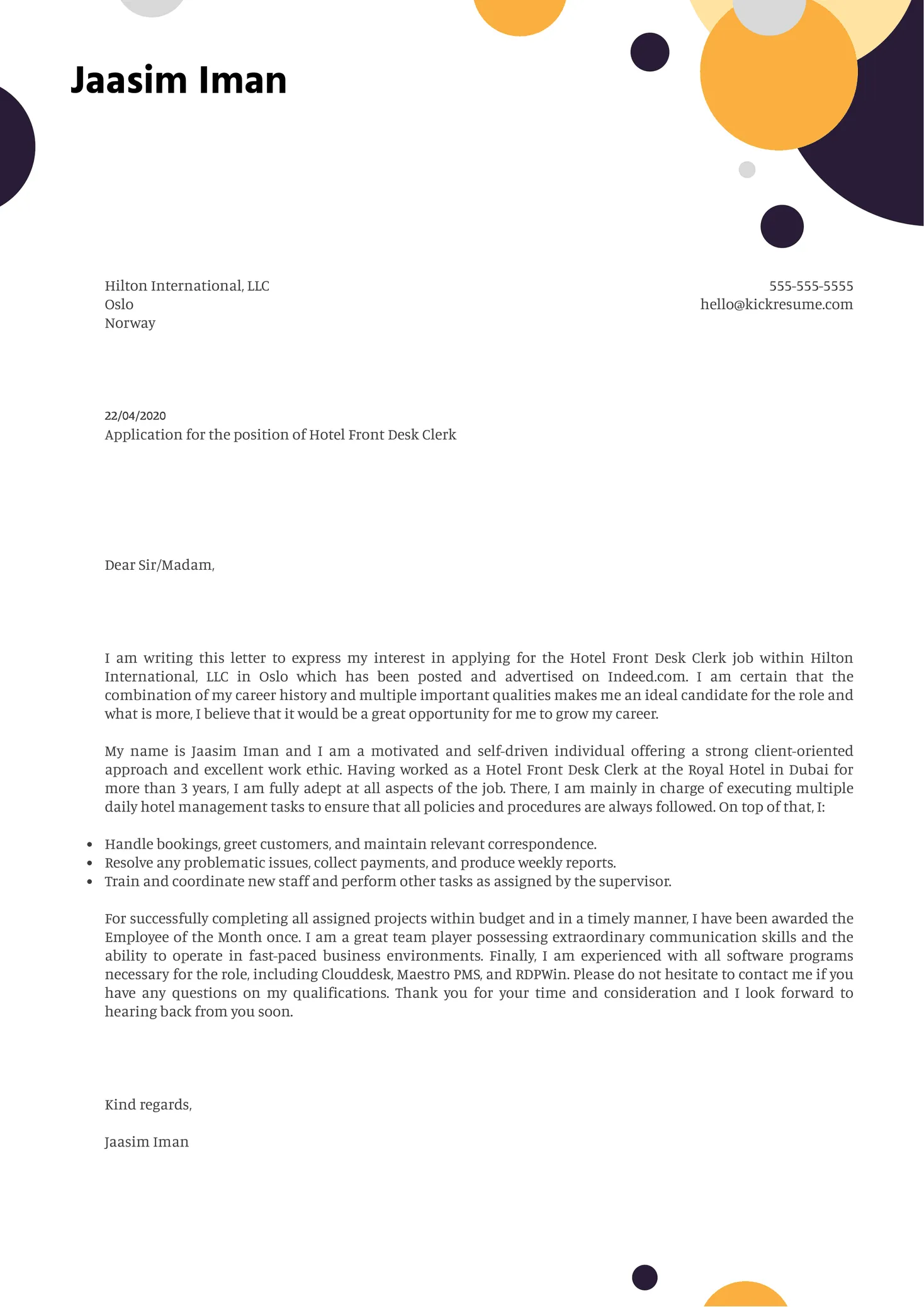
To craft a compelling cover letter, start by researching the company and the role. Tailor your letter to the specific requirements and expectations of the job. Start with a strong opening paragraph that grabs the reader’s attention. Clearly state the position you’re applying for and express your enthusiasm for the opportunity. In the body of your letter, highlight your relevant skills and experience, providing specific examples and quantifying your achievements whenever possible. Demonstrate your understanding of the company’s needs and how your skills and experience can benefit them. Conclude with a strong call to action, expressing your interest in an interview and providing your contact information. Keep your letter concise, focused, and easy to read. Proofread carefully for any errors in grammar or spelling.
Formatting and Structure
Proper formatting and structure are essential for making your cover letter easy to read and visually appealing. Use a professional font, such as Times New Roman, Arial, or Calibri, and a font size of 11 or 12 points. Use standard margins (1 inch on all sides) and single-space your text. Divide your letter into clear paragraphs, each addressing a specific point. Use headings and bullet points to break up the text and make it more readable. Include the date, the hiring manager’s name (if known), the company name, and your contact information at the top of the letter. Keep your letter concise, typically no more than one page. Use a professional and consistent style throughout your document to ensure it leaves a good impression on the reader. A well-formatted cover letter will not only be easy to read but also communicate your professionalism.
Essential Elements
Several essential elements need to be included in your cover letter. Begin with a strong opening paragraph that captures the reader’s attention and clearly states the position you are applying for. In the body of your letter, highlight your relevant skills and experience, providing specific examples of your achievements. Show how your qualifications align with the job requirements. Demonstrate your understanding of the company’s needs and how you can contribute to their success. Conclude with a strong call to action, expressing your interest in an interview and providing your contact information. Make sure to include your name, contact information, and the date. Address the letter to the hiring manager whenever possible and avoid generic salutations like “To Whom It May Concern.” Always proofread for grammar, spelling, and punctuation errors.
Proofreading and Editing
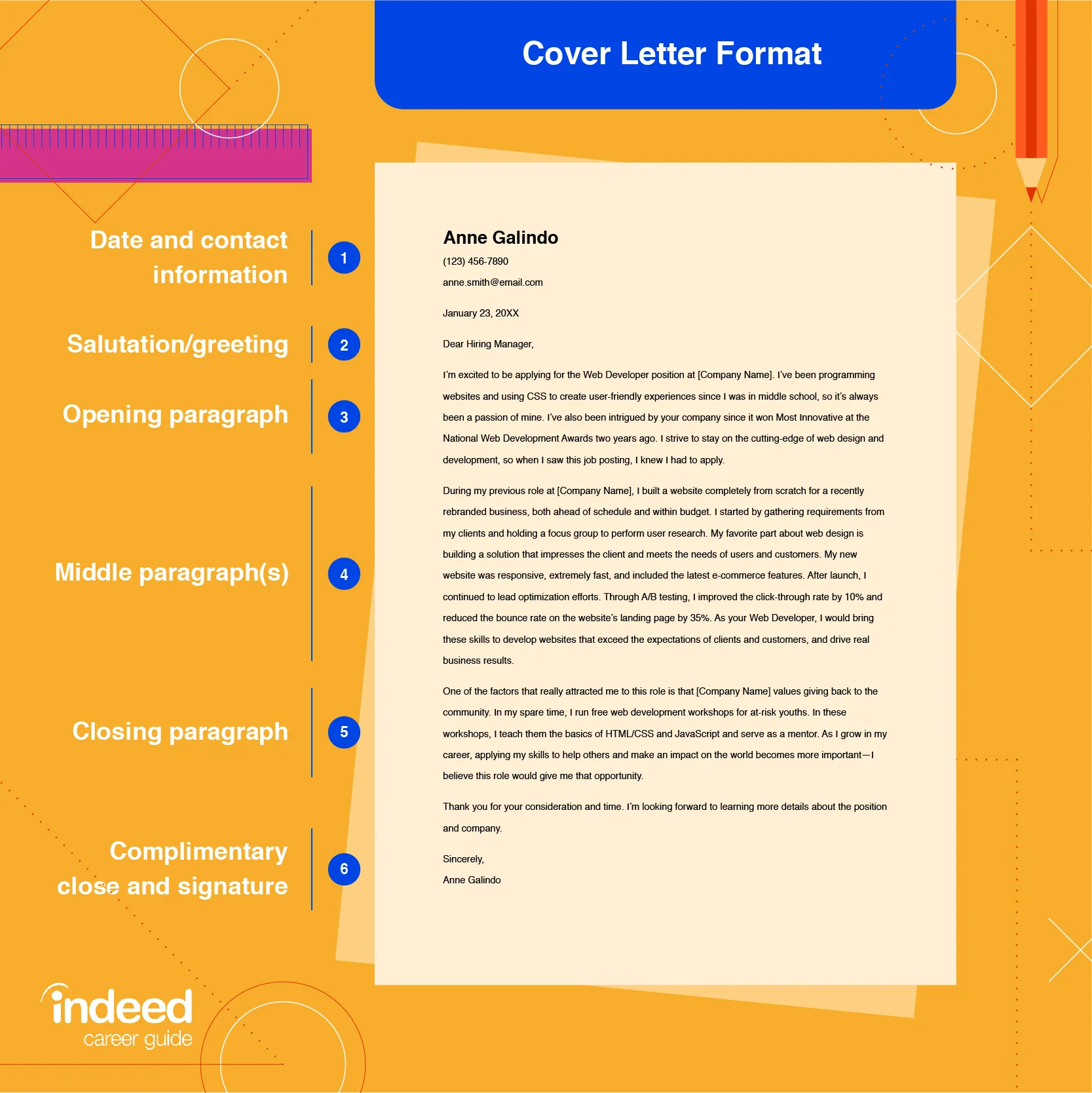
Proofreading and editing your cover letter is absolutely essential. Errors in grammar, spelling, or punctuation can create a negative impression and undermine your credibility. Carefully read through your letter multiple times, checking for any mistakes. Use a spell-checker and grammar-checker, but don’t rely on them entirely. They can sometimes miss errors. Ask a friend, family member, or career counselor to review your letter. A fresh pair of eyes can often catch mistakes you might have missed. Ensure that the tone and style of your letter are professional and appropriate for the job. Always revise your cover letter based on feedback to ensure it is polished, error-free, and effectively communicates your qualifications and enthusiasm.
Common Mistakes to Avoid
Several common mistakes can negatively impact your cover letter. Avoid using generic, canned phrases or templates that don’t reflect your unique qualifications. Do not simply repeat your resume; instead, provide additional context and elaborate on your experiences. Make sure your cover letter is tailored to the specific job description. Avoid typos, grammatical errors, or a lack of attention to detail. Do not exceed the one-page limit. Avoid negative language or criticizing previous employers. Refrain from including irrelevant information or rambling about your personal life. Finally, don’t forget to proofread! These mistakes can quickly lead to your application being overlooked, so double-checking and making improvements based on feedback is highly advised.
Using Keywords
Using relevant keywords from the job description in your cover letter is crucial. Applicant Tracking Systems (ATS) often scan cover letters and resumes for specific keywords to determine if a candidate meets the job requirements. Identify the most important keywords and phrases used in the job posting and incorporate them naturally into your letter. Make sure to use these keywords in the context of your skills and experiences, demonstrating how your qualifications match the employer’s needs. Do not stuff your letter with keywords, as this can make it difficult to read and appear unprofessional. Focus on using keywords in a way that highlights your accomplishments and showcases your understanding of the role. This ensures that your application will be seen by the hiring manager and help you to stand out from the competition.
Tailoring to the Job Description
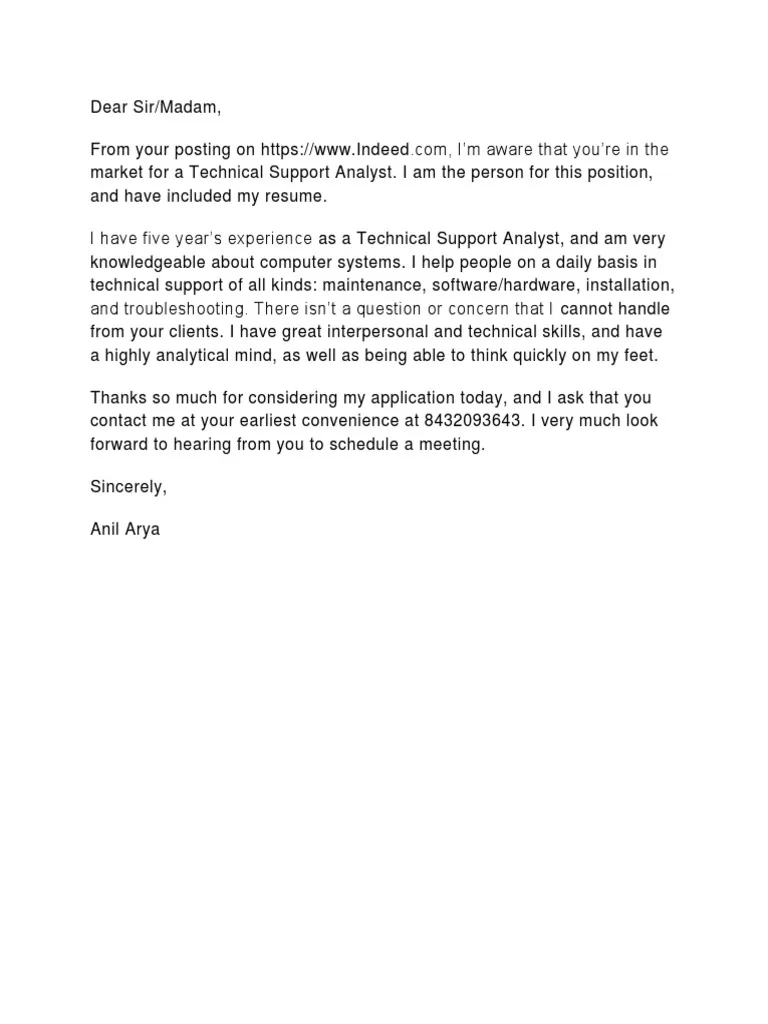
Tailoring your cover letter to the specific job description is one of the most critical steps in the application process. Never use a generic cover letter for multiple job applications. Carefully review the job description and identify the key skills, qualifications, and requirements. Highlight your relevant experience and accomplishments that directly align with the employer’s needs. Use the same language and keywords used in the job description. If the job description mentions specific software, skills, or projects, ensure you address them in your cover letter. Show the hiring manager that you understand the role and are a good fit for the company. Demonstrating a clear understanding of the job requirements increases your chances of receiving an interview, as it shows you took the time to personalize your application.
The Importance of Personalization
Personalization is a key aspect of crafting a successful cover letter. Generic cover letters lack impact and fail to capture the hiring manager’s attention. Whenever possible, address your cover letter to a specific person. Research the company and tailor your letter to their values, mission, and culture. Highlight specific aspects of the company that interest you and explain why you’re a good fit for their team. Show your enthusiasm for the position and express your desire to contribute to the company’s success. Personalization demonstrates your genuine interest and that you’ve taken the time to learn about the organization. It sets you apart from other applicants, as it shows you are genuinely interested in the role and the company.
Finalizing Your Cover Letter
Before submitting your cover letter, take the time to finalize it and ensure it is polished and error-free. Proofread your letter carefully for any typos, grammatical errors, or formatting issues. Check that your contact information is accurate and up-to-date. Make sure that your letter is tailored to the specific job description and highlights your most relevant skills and experience. Review the letter to make sure it has a professional tone and is easy to read. Verify that you’ve included a strong call to action, expressing your interest in an interview. Ensure that you’ve followed all the instructions in the job posting, such as including a specific subject line or attaching your cover letter and resume in a certain format. By finalizing your cover letter, you can be confident that it represents you in the best possible light.
Tips for Submitting Your Cover Letter
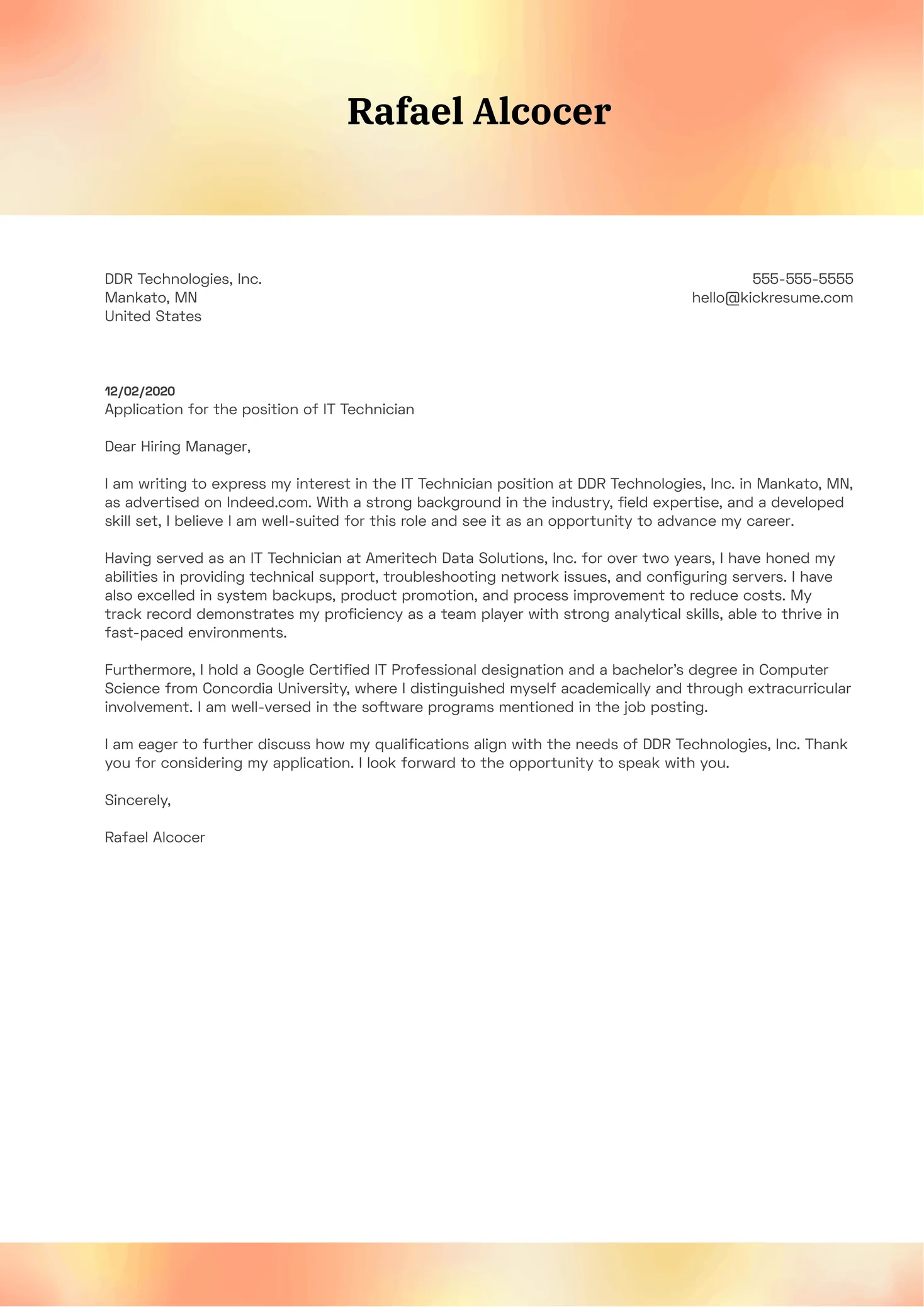
Follow the instructions in the job posting when submitting your cover letter. Many employers have specific requirements for formatting, file types, and submission methods. If the job posting asks for a cover letter, always include one. If a company requires a specific format, such as a PDF or a Word document, make sure to comply. Name your cover letter file appropriately, using your name and the job title, such as “JohnDoe_CoverLetter_MarketingManager.” When submitting online, double-check that all the required documents are attached correctly. Always proofread your submission before sending it. A well-written and properly submitted cover letter demonstrates your attention to detail and professionalism, and it significantly increases your chances of getting an interview.
Following Up
After submitting your cover letter and resume, it’s a good idea to follow up with the hiring manager. Send a brief email or make a phone call a week or two after the application deadline, expressing your continued interest in the position. Reiterate your enthusiasm and briefly highlight your qualifications. If you know the hiring manager’s name, address the follow-up to them personally. Keep your message concise and professional. Avoid being overly persistent or pushy. The goal is to gently remind the hiring manager of your application and reaffirm your interest. Following up demonstrates your strong interest in the role and can make you more memorable. Be sure to thank them for their time and consideration.
